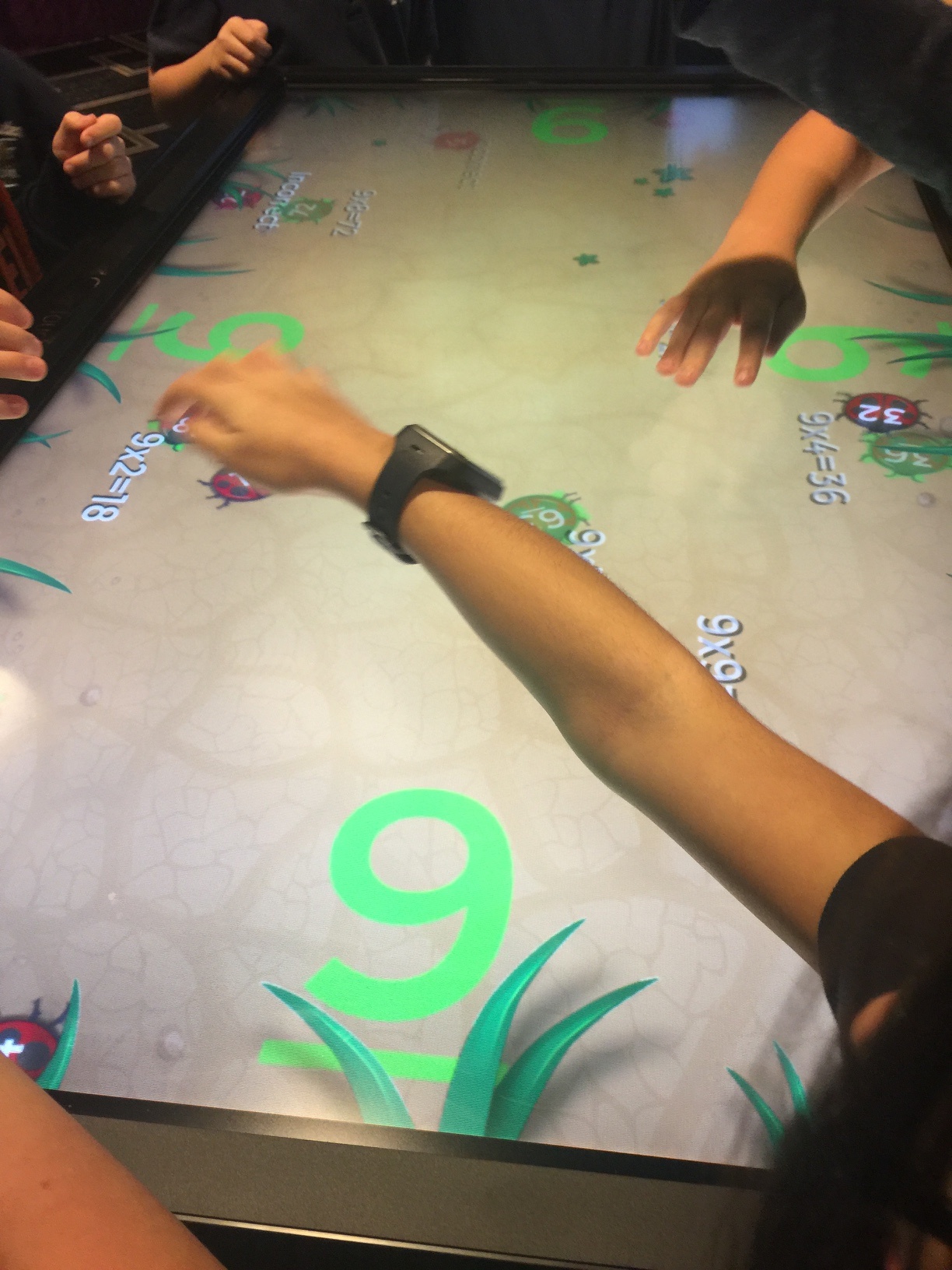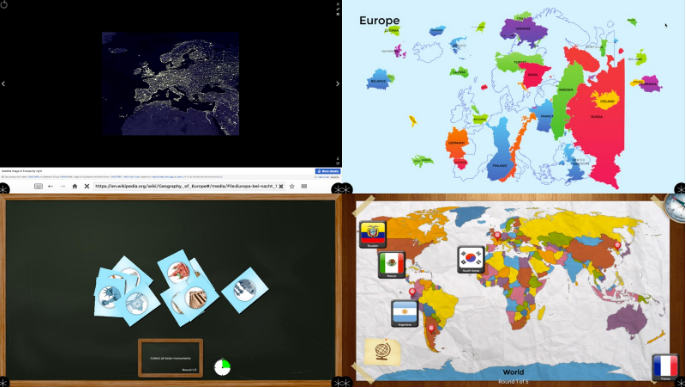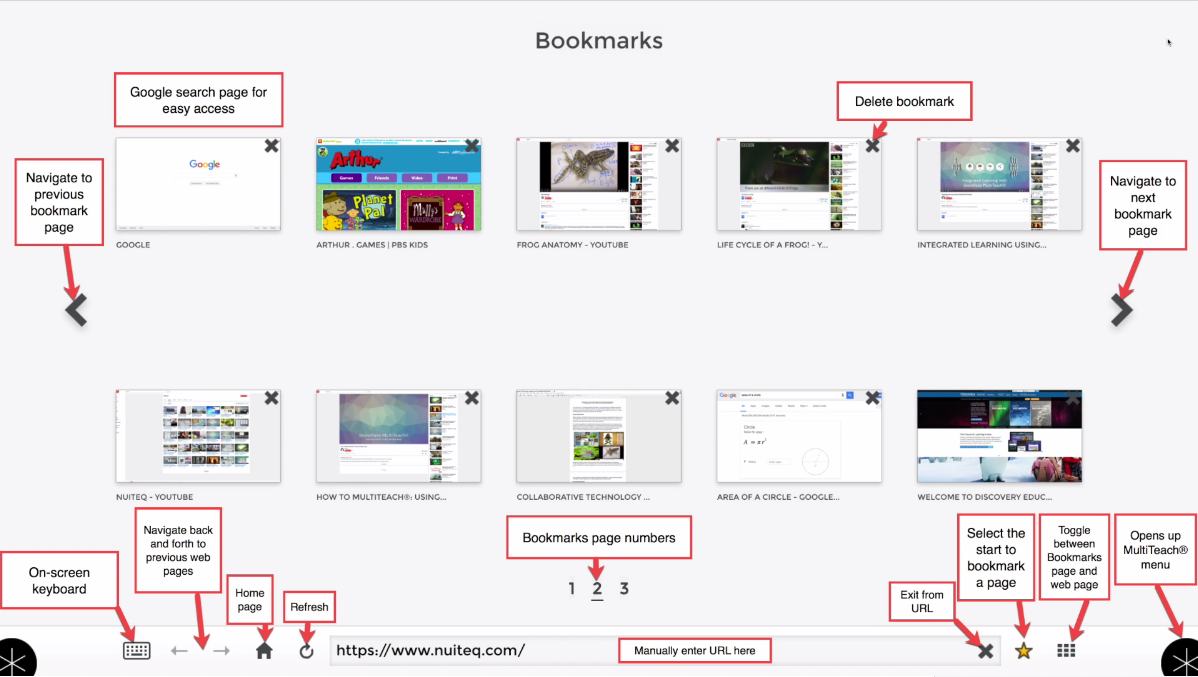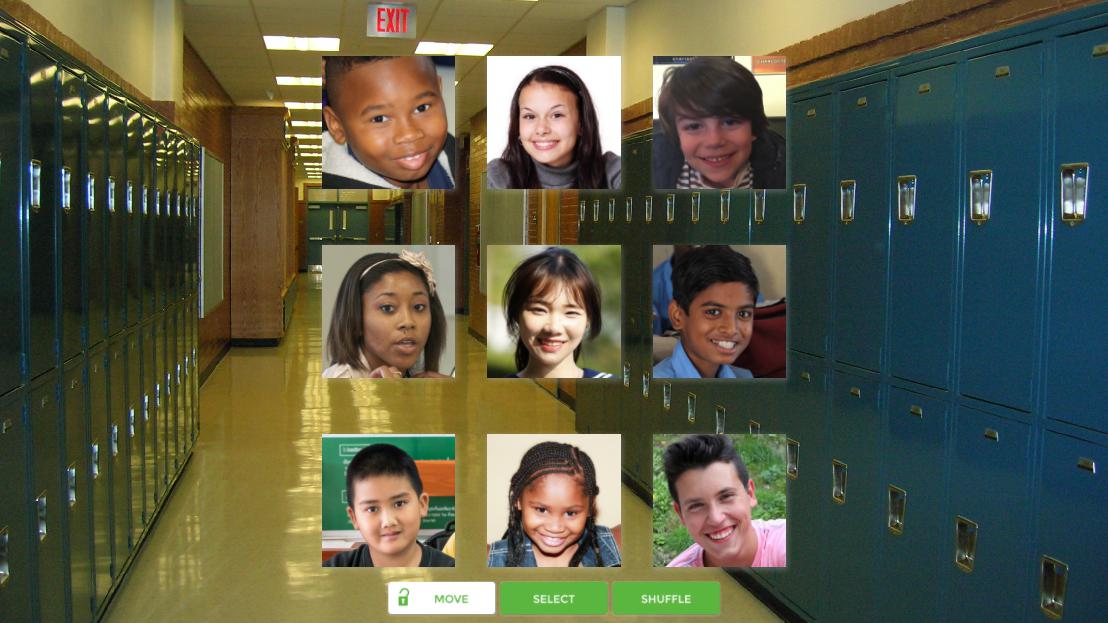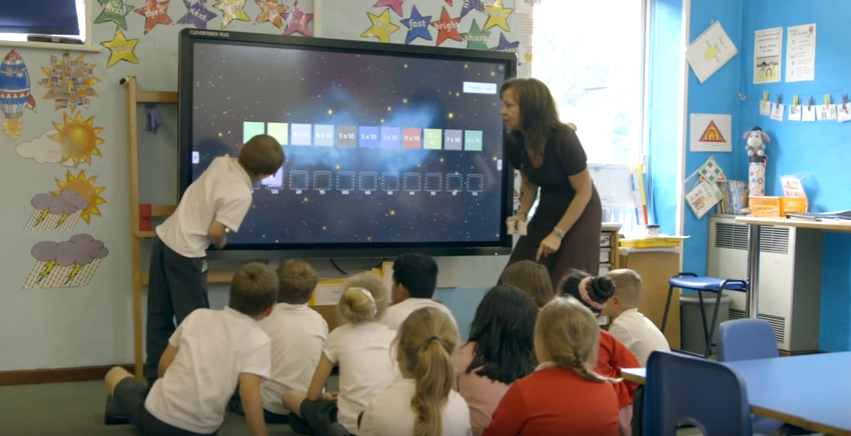
Lynn Marentette, M.A., Sp.A.
K-12 Technology Specialist at NUITEQ®
In recent years, many school districts have improved their technology infrastructure to support 1:1 initiatives, paving the way for each child to have access to a school-issued laptop or tablet. This influx of technology, educational apps, and educational resources on the Internet, has transformed classrooms from low-tech to high tech in a very short period of time.
So what does this 1:1 world look like?
In theory, the 1:1 world provides teachers a way to personalize the learning experiences for their students, across the curriculum. Ideally, students in 1:1 classrooms have some control over their own learning experiences. For example, students are provided some choice in their assignments, within the classroom, and this extends to choices regarding assignments they work on at home. In 1:1 classrooms, students have the opportunity to access a wide range of digitally based educational content. Textbooks are no longer the main source of educational content.
Here are some examples of what you might see students doing in a 1:1 learning environment:
- Researching a topic on the Internet using free and subscription-based educational resources.
- Accessing on-line, self-paced academic courses not available at the school.
- Reading assigned digital texts that are enhanced with multimedia and links to related resources.
- Taking on-line practice quizzes that provide immediate feedback.
- “Playing” online educational games – individual or multi-player.
- Creating digital projects, such as videos, podcasts, and photo-journals based on curricular goals and objectives.
- Participating in a teacher-designed on-line book study with a small group of peers.
- Collaborating with peers using a Wiki as part of a series of homework assignments or for working on a project.
Aren’t 1:1 initiatives limited to individual learning?
No! Dig a little deeper and you can find examples of how teachers have harnessed their school’s 1:1 initiative as an opportunity support co-operative and collaborative learning initiatives. One example is Project-Based Learning (PBL). Within this model, students work in groups over several weeks to complete a themed-based project. Although the students work in groups, they use their individual laptops or tablets to complete a range of activities related to their projects. Teachers function as learning facilitators and guides. Through this process, students learn subject-matter content, and at the same time, practice problem solving, social communication, and presentation skills.
So what how does collaborative learning work in a 1:1 world?
Walk around a PBL/collaborative classroom and you’ll find students seated in groups, some on the floor, some at desks pushed together, and some at a table. They are likely to appear happy and very much engaged in their learning. Not all students might be using their laptops or tablets. Some might be drawing, building a model, or practicing a narrative for a video yet to be produced. One group of students might be gathered around the classroom interactive whiteboard, engaged in a video chat with an expert in the field of study related to the project’s theme. Another group might be gathered around a large-screen all-in-one computer, using concept-mapping software to brainstorm and review ideas for their project. Another group might be working silently, with each student completing a different task related to their project.
How are interactive whiteboards and displays used in collaborative classrooms with 1:1 devices?
In the US, a majority of elementary classrooms have interactive whiteboards that play an important role during whole-class and smaller-group instruction, especially since they provide access to web-based educational resources. The fact that students now have their own laptops or other devices does not mean that the interactive displays are no longer needed. More districts are replacing older interactive whiteboards with high-definition interactive flat-panel displays that support multi-touch and multiple users. The displays support the import of digital content remotely, which is useful in 1:1 classrooms. Students and teachers can also control the large display through their tablet or device, making it easer for students to share and view content, share ideas, and collaborate with one-another as they work on group projects.
Challenges and solutions:
A successful collaborative classroom in a 1:1 world can be a challenge, but with careful planning, effective technology-integration training, and collaboration among like-minded teachers, it can be accomplished. One solution is NUITEQ’s Snowflake MultiTeach® software, designed to support collaborative learning.
A new addition to Snowflake MultiTeach® is the Nodes application. Nodes is a concept-mapping application that is useful for brainstorming and planning collaborative group projects. In this scenario depicted in the screenshots below, students are learning basic programming concepts through Scratch, a free programming language that supports the creation of interactive stories, games, and animations.
The first picture shows Snowflake MultiTeach® on a display running in two zones, with the Nodes application on one side and the Presenter application on the other. In the Nodes zone, students can interact with concept-mapping icons to brainstorm and plan their project, while accessing references about Scratch through files on the Presenter side of the screen. (In this example each student in the group would have Scratch running on their laptop.)
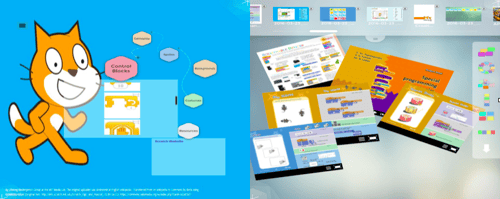
In the example below, students would be working together a multi-touch table with Scratch reference materials running in one zone, and interact with short lessons designed to reinforce Scratch programming and design concepts. Students would also have their laptops on hand to work on their Scratch project.
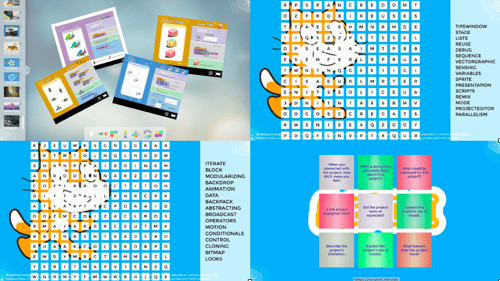
These are just two examples of how Snowflake MultiTeach® can support collaborative group learning in a 1:1 classroom. More examples and “how-to” information will be shared in future blog posts.
Stay tuned!
RELATED RESOURCES
Why Schools Must Move Beyond One to One Learning
http://novemberlearning.com/educational-resources-for-educators/teaching-and-learning-articles/why-schools-must-move-beyond-one-to-one-computing/
Alan November, November Learning, February 10, 2013
Project-Based Learning: A Short History
http://www.edutopia.org/project-based-learning-history
Suzie Boss, Edutopia, September 20, 2011
PBL Pilot: Navigating Group Work
http://www.edutopia.org/blog/pbl-pilot-navigating-group-work-matt-weyers-jen-dole
Matt Wyers, Edutopia, February 19, 2015
Cooperative Learning: Kagan Online
http://www.kaganonline.com/free_articles/research_and_rationale/
Supporting Diverse and Creative Collaboration in the Scratch Online Community
http://link.springer.com/chapter/10.1007/978-3-319-13536-6_12
Ricarose Roque, Natalie Rusk, Mitchel Resnick, February 2016.
ScratchJr
http://www.scratchjr.org/
Scratch
https://scratch.mit.edu/
Snowflake MultiTeach®
http://www.nuiteq.com/MultiTeach
MultiTeach® Pinterest
https://www.pinterest.com/MultiTeach®/
Snowflake Remote
https://docs.nuiteq.com/tiki-index.php?page=SnowflakeRemote

 3-in-1 Mic
3-in-1 Mic

